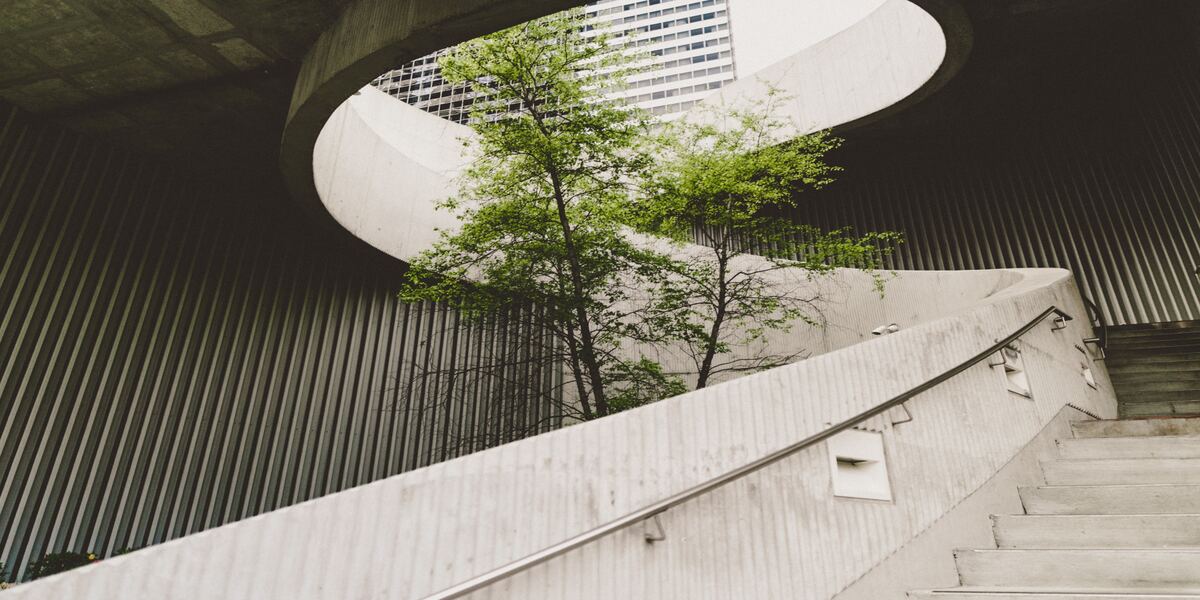
-
How to become an
Environmental Designer

What is an Environmental Designer?
The impacts of global warming, climate change, and subsequent shifts in our landscapes have profound effects on both present and future livelihoods. Environmental Designers delve into phenomena at both global and local levels to craft intervention strategies aimed at ensuring community safety and quality of life while preserving the ecosystem. From creating sustainable urban green spaces to establishing community-supported agricultural areas and implementing energy conversion initiatives, their contributions play a pivotal role in these and other endeavors.
What does an Environmental Designer do?
Environmental Designer is tasked with developing solutions that offer the most advantageous trade-off between community needs and environmental preservation, taking into account social and ecological impacts. Their expertise is crucial in crafting responses (services, procedures, devices, environments, etc.) that promote sustainable mobility, enhance air quality, biodiversity, and energy efficiency. Their work involves studying and analyzing problems, researching and developing plans, and monitoring outcomes. Throughout the process, they collaborate with multidisciplinary teams comprising urban planners, architects, engineers, and other professionals.
What skills should an Environmental Designer have?
A blend of technical and communication skills is essential for an Environmental Designer. At the core of their intervention lies a profound understanding of both global and local environmental issues.
- Proficiency in design to translate sustainability principles into practical solutions
- Knowledge of sustainable technologies, including renewable energies and eco-friendly materials
- Insight into the interplay between social and ecological aspects of development projects
- Strong communication skills for engaging with professional teams and communities involved in the project
How to become Environmental Designer?
To become an Environmental Designer, you need a deep understanding of environmental issues, technological solutions, and design principles. These skills can be honed through Naba’s specialized professional training, such as the Master of Arts in Social Design. In this programme, students take a multidisciplinary approach to environmental design, learning research methodologies to explore ecology in relation to the local and global economic landscape. They also delve into the relationship between design and sustainability, mastering strategies for conscious design within the socio-cultural context in which they will operate.

- Design - Product and Service Design (Master of Arts)
.jpg)